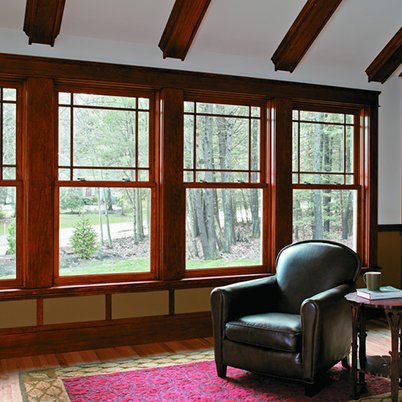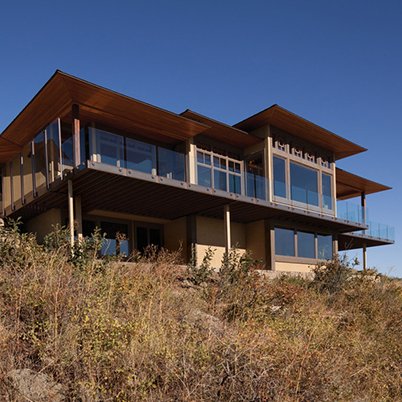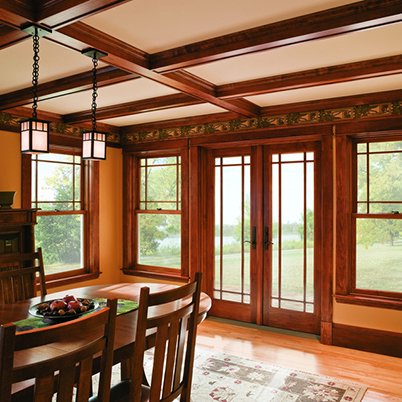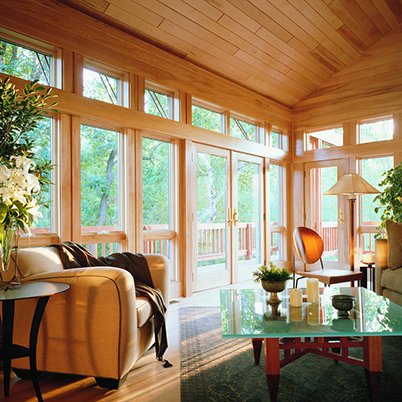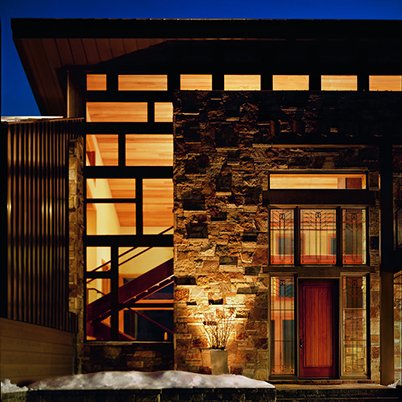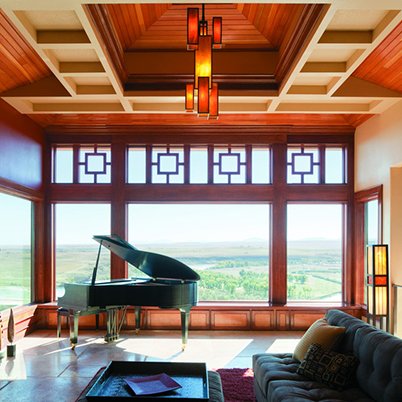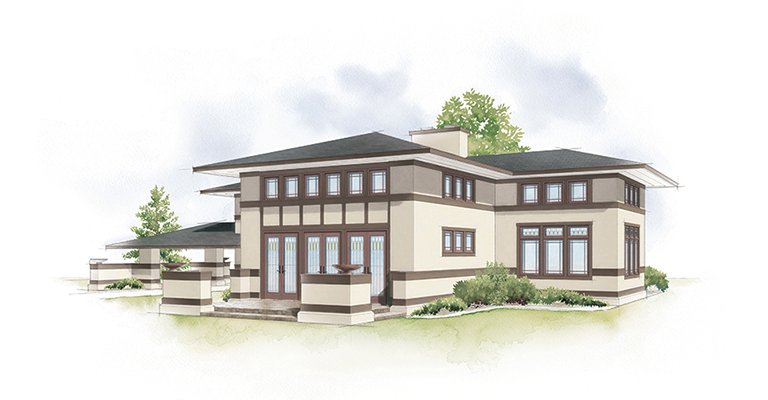
The Prairie home
The Prairie home style is one of the first architectural styles to originate in the United States. Popularized by Frank Lloyd Wright's Prairie School Designs, Prairie homes embrace the belief that a building should appear to grow organically from its site. It uses long horizontal bands of windows and trim to evoke the prairie landscape.
Essential design elements
Prairie style homes are typically single-story and include rows of doors and small windows banded together by continuous head trims. The style features low-pitched, hipped roofs with overhanging eaves and an open floor plan with central chimney.
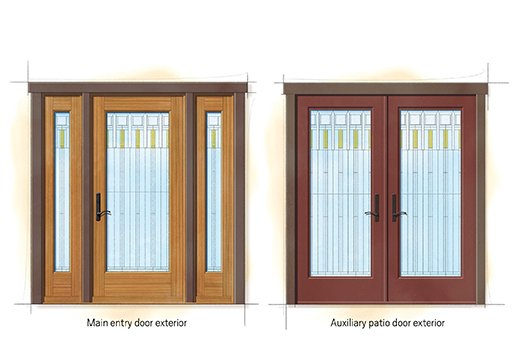
Quintessential doors
Patio doors are usually double doors and are most often hinged. Gliding patio doors appear in more contemporary examples of the Prairie style, although they do not complement the Prairie aesthetic as well.
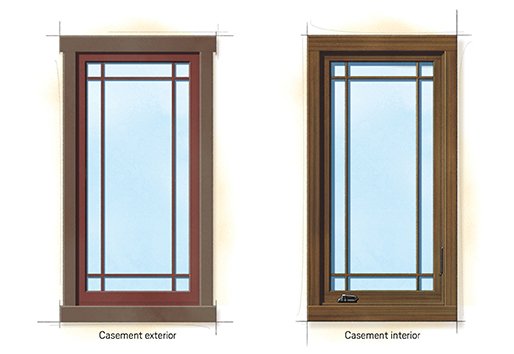
Quintessential windows
Casement windows are the favored window type for Prairie style homes. These windows are preferred due to their large expanse of uninterrupted glass, which allows the Prairie style’s trademark art glass to be easily integrated into the home’s design.
Style options
More on this home style
Pattern books from the Andersen Style Library present quintessential details of the most popular American architectural styles, with an emphasis on window and door design. The result of years of research, they exist to make it easier to create homes with architectural authenticity.
